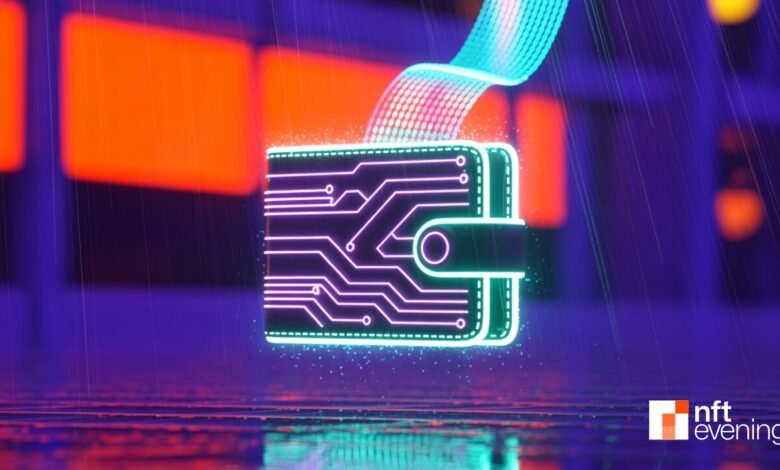What is the Lightning Network? The Layer Making Instant Crypto Payments Possible

Bitcoin was designed for decentralization and security, but not for speed. As adoption grew, it became clear that the base layer couldn’t handle real-time transactions or low-fee micropayments at scale. The Lightning Network was created to solve these issues.
Built as Bitcoin’s Layer 2, Lightning is transforming how BTC moves. So, what exactly is it and how does it make instant crypto payments possible? The Lightning Network is a layer-two payment protocol that operates on big of the Bitcoin blockchain, designed to make transactions almost instant and extremely low-cost. Instead of recording every payment directly on the blockchain, it processes most activity off-chain and only interacts with the main network when opening or closing payment channels.
Using payment channels and hashed timelock contracts (HTLCs), it enables users to transfer funds securely without relying on trusted intermediaries. However, this efficiency comes with a few challenges, such as managing liquidity, optimizing payment routing, and selecting the right wallet to ensure smooth operation.
What Is the Lightning Network?
The Lightning Network is a layer-two payment protocol that operates on big of the Bitcoin blockchain. It’s designed to make BTC transactions nearly instant and extremely low-cost by conducting most activity off-chain.
Instead of broadcasting every transaction to the Bitcoin network, users open private payment channels where multiple transfers can occur instantly. Only the opening and closing of these channels are recorded on the blockchain.
This drastically reduces fees and eliminates congestion. Plus, it allows Bitcoin to function more like a real-time payments system than a slow settlement layer.
How It Works
Lightning creates fast, low-cost Bitcoin payments by using payment channels between users. Two users lock a small amount of BTC into a shared account on the blockchain. Then, they exchange updated balances privately and instantly.
You don’t need a direct channel with everyone you pay. Lightning automatically finds a route through other users’ channels, sending your BTC across the network in seconds.
Each transfer is protected by cryptographic contracts (HTLCs), so no one can steal or block the funds mid-route. When you’re done, the final balance is recorded on the Bitcoin blockchain.
Real-World Use Cases
Lightning’s ability to send and receive Bitcoin almost instantly makes it perfect for use cases that demand speed, such as micropayments and casino payouts.
In the crypto gaming world, for example, some platforms already rely on Lightning to enable rapid deposits and withdrawals without ID checks. This is the type of setup you’ll find at the leading instant withdrawal casino no verification. The same principles apply far beyond gaming, and Lightning is increasingly used for everyday crypto commerce. This includes pay-per-use services, digital goods, and instant settlement between users.
What Fees and Speeds Should You Expect?
Here’s what to expect in terms of speed, fees, and reliability:
- Speed: Payments usually clear in milliseconds to a few seconds.
- Fees: Often fractions of a cent. Route operators charge tiny fees to forward payments, with competition keeping them minimal.
- Reliability: Generally solid for small to medium accounts. Very large payments may require split payments depending on liquidity along the path.
Wallets and User Experience
Lightning crypto wallets come in two broad types:
- Custodial wallets: A provider manages the channels and liquidity on your behalf. This is very convenient, but you have to trust a third party with your funds.
- Non-custodial wallets: You hold the keys while the app manages channels under the hood. Modern wallets support features like splicing, adding or removing funds to a channel without closing it, to reduce friction.
Trade-Offs to Consider
The Lightning Network isn’t a flawless fix. Payments still rely on liquidity within the network, and nodes also need to stay online to send or receive funds. However, most modern wallets automate this or use background connections to simplify the process.
You should also bear in mind that opening and closing channels touch the Bitcoin blockchain. This means occasional on-chain fees, which can be volatile and are subject to Bitcoin network congestion.
Plus, while Lightning offers more privacy than standard Bitcoin transactions, it’s not completely anonymous. That’s because some payment data can still leak through routing paths and analytics tools.
FAQs
Can the Lightning Network be used with other cryptos?
The Lightning Protocol can be implemented on any blockchain that supports the necessary cryptographic primitives (like HTLCs and specific transaction scripting), and it’s used on a few other chains like Litecoin.
Yet, the term “The Lightning Network” almost exclusively refers to the highly adopted network built on big of Bitcoin.
Is there a limit on how much Bitcoin I can send through Lightning?
Each channel has capacity limits based on the BTC locked inside it. However, users can split larger payments across multiple routes for higher-value transfers.
Can Lightning payments be reversed or refunded?
No, Lightning payments are final once confirmed. Still, merchants or services can issue a separate refund transaction if both parties agree.
Source link


